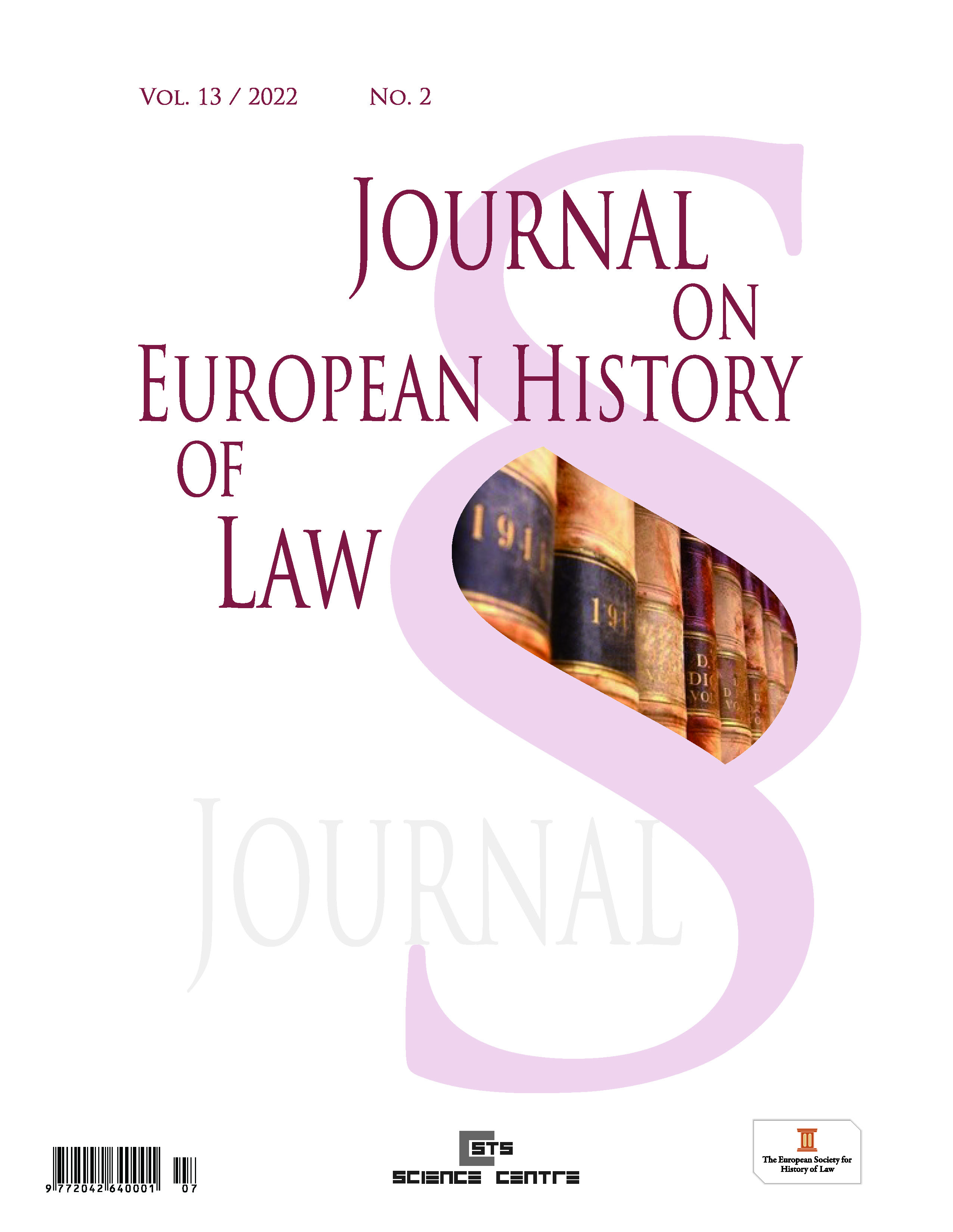Das freie Vorbringen und seine Begrenzung nach der Kodifikation des ungarischen Zivilprozessrechts
The Free Submission and its Boundaries after the Codification of Hungarian Civil Proceudre
Author(s): Kristóf SzivósSubject(s): History, Law, Constitution, Jurisprudence
Published by: STS Science Centre Ltd
Keywords: Allegations and proofs; civil procedure; codification; contingent cumulation; free submission; oral hearing; preclusion; undue delay.
Summary/Abstract: The first Hungarian code of civil procedure was enacted at the end of 1910, after almost thirty years of codification. Previously, the procedural regulation based on the Austrian General Judicial Ordinance of 1781. The main aim of the legislator after the Austro-Hungarian Compromise of 1867 was to introduce a procedural order that bases on the principles of orality, immediacy, and publicity. As a result, the principle of contingent cumulation (Eventualmaxime) was replaced by the principle of unity of the cause which meant that the parties could submit new allegations and proofs until the closure of the last hearing. Thy study examines this new system and the tools with which the code of civil procedure tried to avoid undue delay. The main result of the study is the determination of the boundaries of the free submission and the circumstances of the application of sanctions against undue delay.
Journal: Journal on European History of Law
- Issue Year: 13/2022
- Issue No: 2
- Page Range: 114-120
- Page Count: 7
- Language: German
- Content File-PDF

